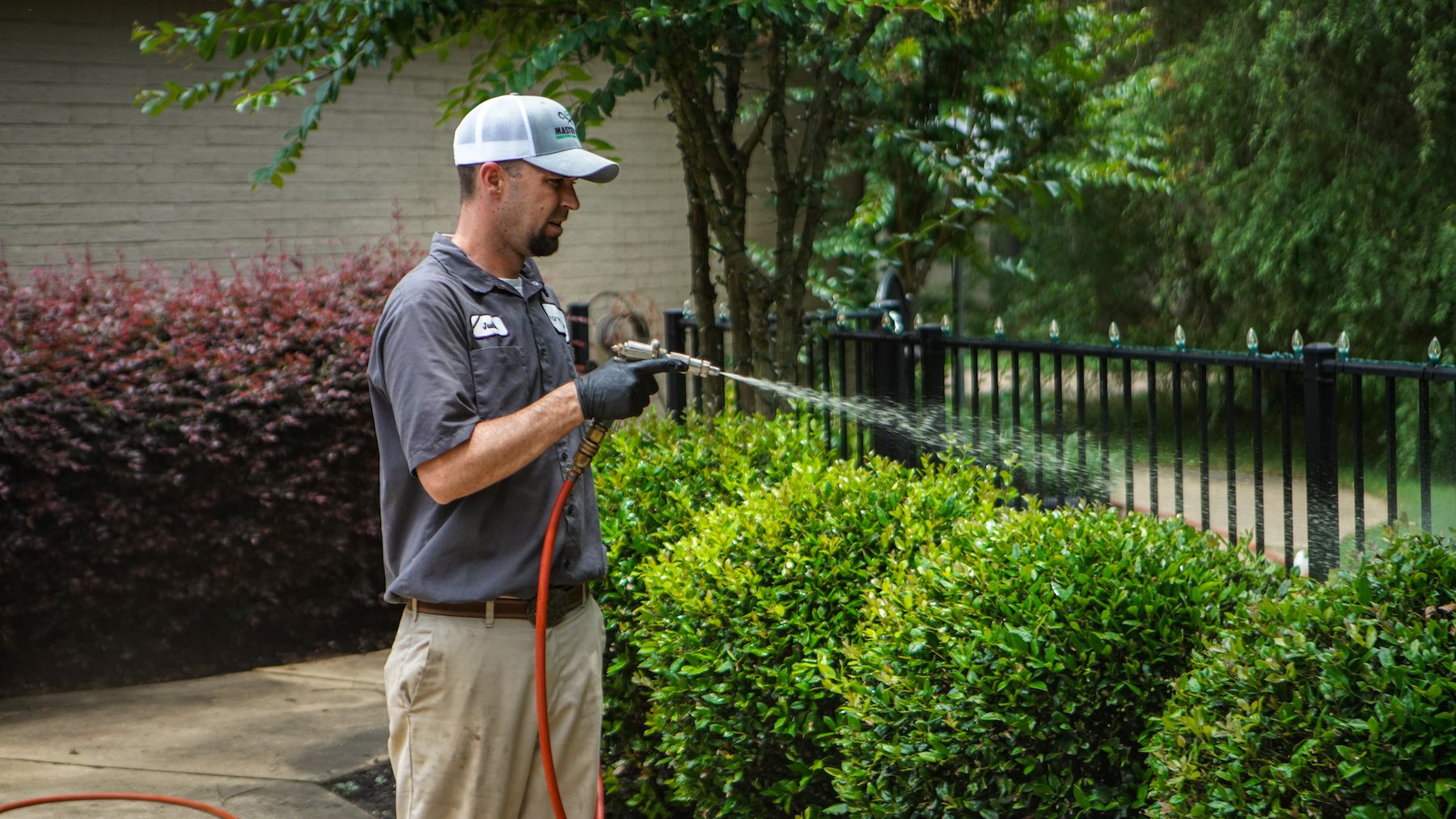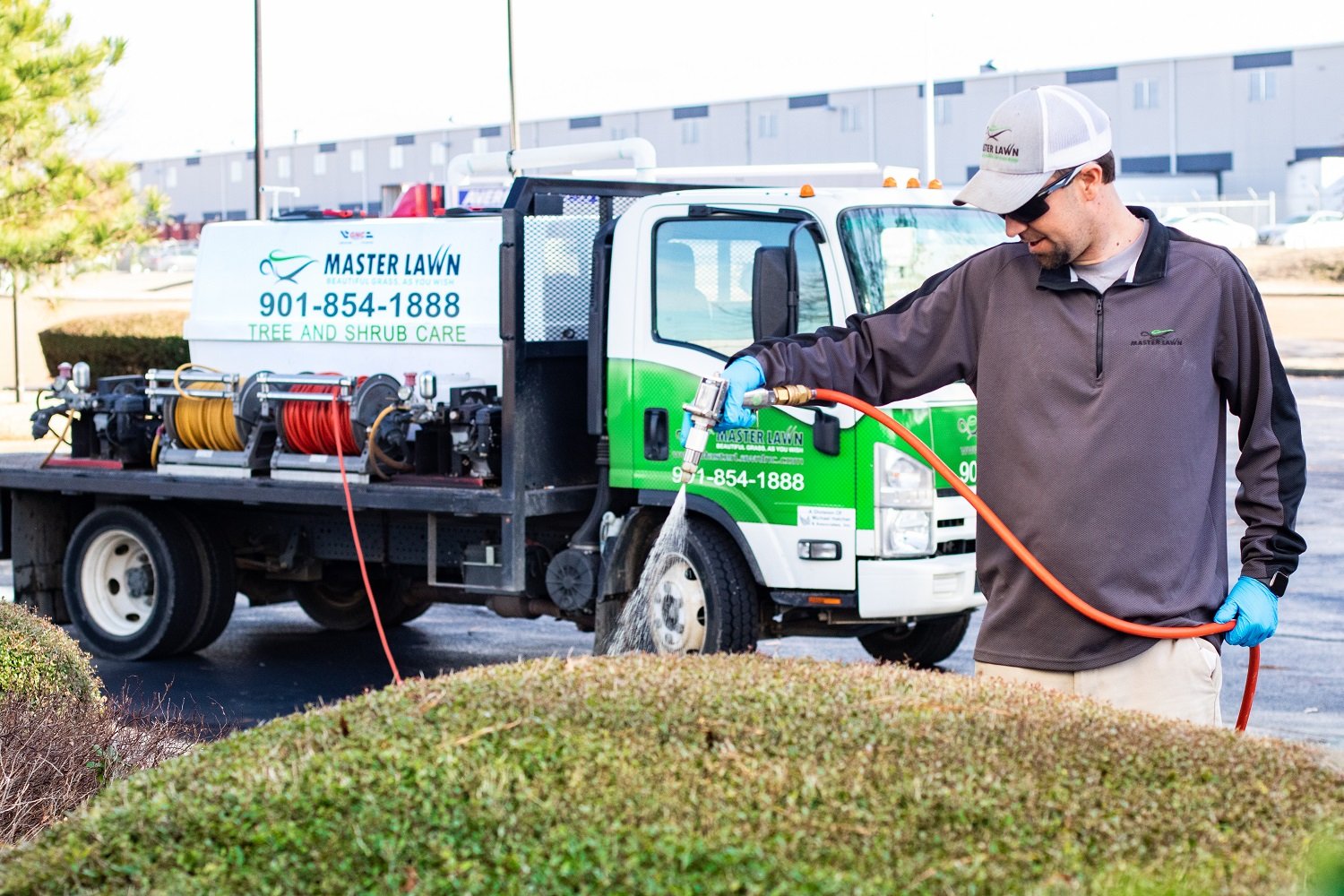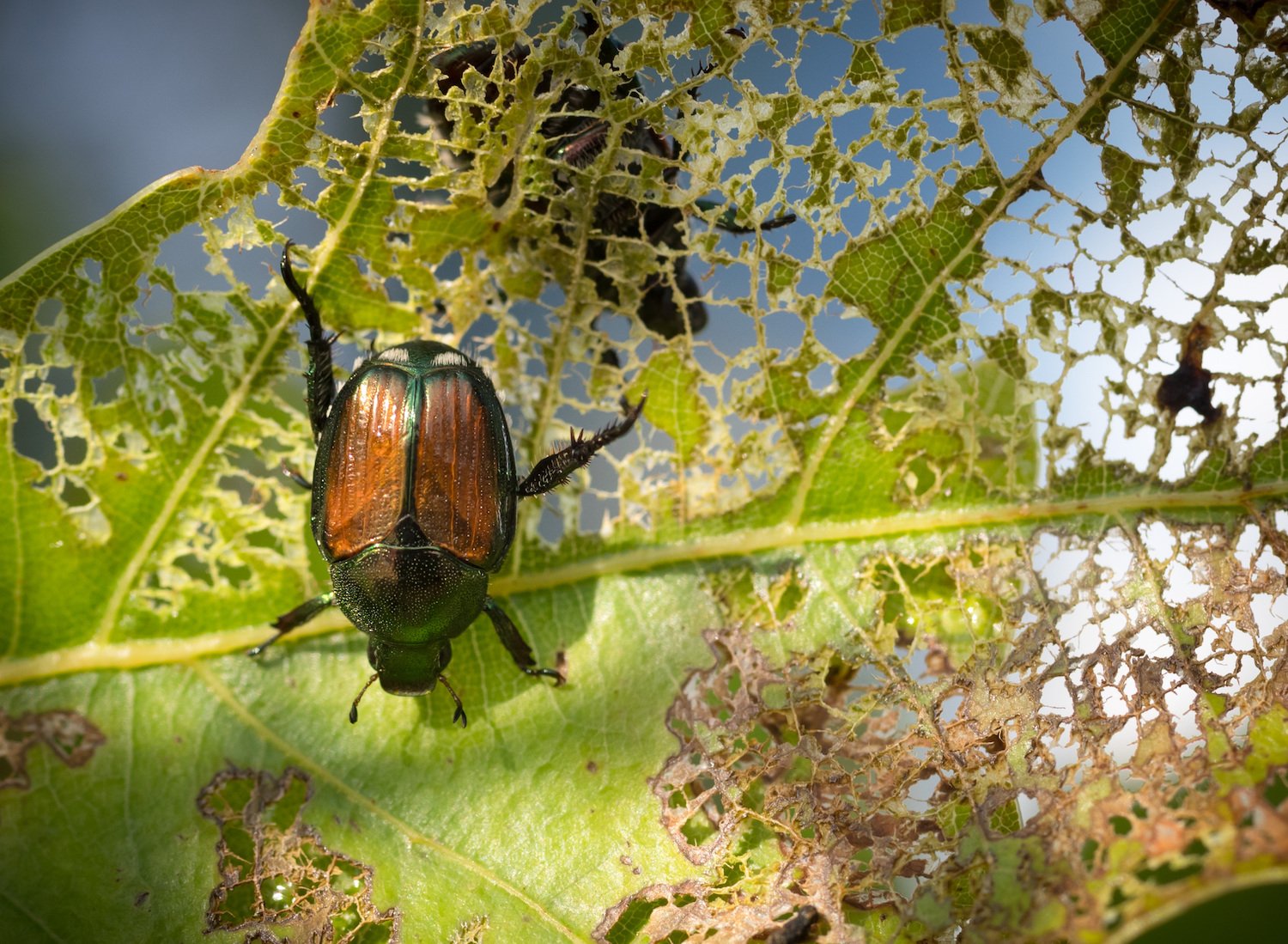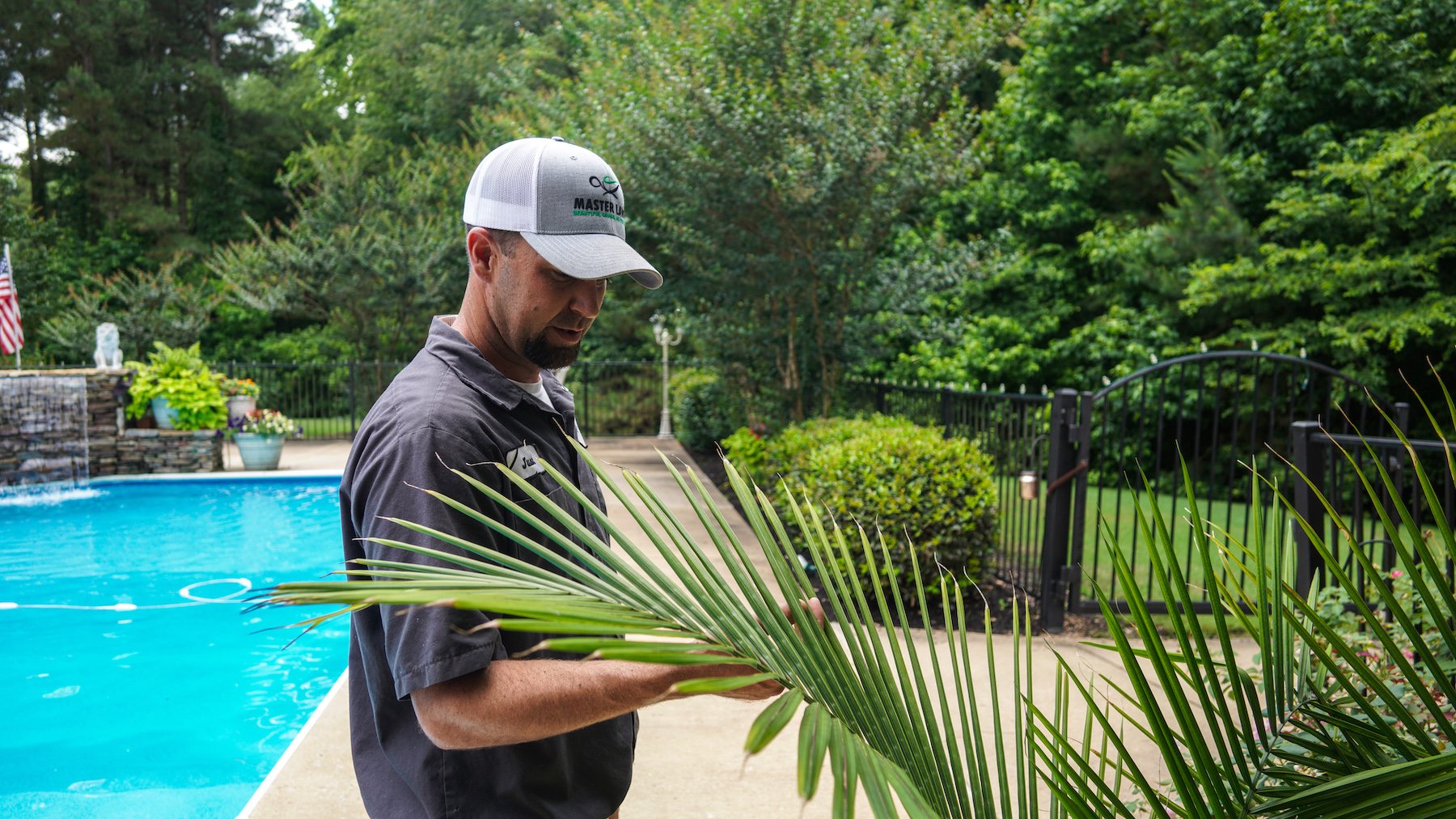
At Master Lawn, we understand that your landscape is important to you. Because of this, you certainly don’t want to lose any of the trees or shrubs that help to make it beautiful and appealing. These elements of the landscape are not only aesthetically valuable but they might also provide important functionality like shade, privacy, or wind screening. The last thing that you want is to end up with a “hole” in your landscape where some shrubs used to be.
But if you’ve had a plant that’s been struggling, and doesn’t look the same anymore, you may be wondering, is my shrub dead?
We understand that you have concerns and you want to get to the bottom of what’s going on in your landscape. Here’s how to tell if a shrub is dead as well as what you can do if you have one that may still be able to be saved.
If you have a shrub on your property that has taken a turn for the worst, you might be wondering if it’s dead or if there’s any chance of it coming back. Sometimes it can be hard to tell, but you can do a little bit of investigative work to try and figure out if the shrub is truly dead or not.
For one, try the “scratch test.”
Scrape a small area of one of the branch’s outer bark with your fingernail. If you spot signs of green underneath, your shrub is still alive. If you don’t see green, try another area on the shrub. Sometimes the growth closest to the roots is new, even if other parts of the shrub have died.
You can also try the “bending test.”
When you bend a branch of the shrub is it flexible? If so, there is a good chance this shrub is still alive. However, if the branch snaps right off, your shrub (or at least part of it) could be dead. Note that a shrub can have dead branches and still be alive.
Some additional sleuthing can help you get to the bottom of what happened to your shrub in the first place. What made it decline? You’ll likely want to know whether it was a disease, a pest, or maybe an environmental stressor that was to blame. This will be important information when it comes to potentially curing the problem and preventing it from happening again.
Here are a few key things to take note of.
While many disease and pest problems can be treated, if your shrub is too far gone, it may have reached a point of return. It’s also important to recognize that some problems simply aren’t fixable.
For instance, if a shrub was planted in the “wrong place,” there may be no way to fix it. Different shrub species have different requirements in terms of planting depth, location, zone, and even proximity to other plants. If these factors were not regarded, your shrub could be performing poorly due to being in the wrong location on your property. If that’s the case, removal may be the best course of action. Then, you can replace the shrub with something better-suited to the area.
When it comes to reviving a dying shrub, understanding what was wrong with it in the first place will be key. Hopefully some of the information above will help get you on the right track to a diagnosis.
Of course, we understand that diagnosing shrub problems is no simple feat. With so many different potential shrub problems (many of which have symptoms that overlap with one another), a proper diagnosis can be complicated. In fact, a misdiagnosis can lead to the wrong treatment—which can actually make the problem worse.
That’s why this is a task best left to a professional with horticultural expertise.
A plant health care expert should be able to let you know what’s going on with your shrub and whether or not it can be remedied.
Going forward, the implementation of a Plant Health Care program can also help to prevent many of these problems in the first place. Plant Health Care will provide your shrubs with the nutrients they need to perform optimally while also helping to protect them against insects and disease.
Of course, a Plant Health Care program is not a “magic potion” and it’s not going to be able to fix problems that are drastically far along or that simply aren’t fixable. Because of this, it’s critical to have a landscape professional perform a thorough assessment and provide an honest and realistic evaluation of any shrubs in question.
They can help you to answer the question: is my shrub dead? A professional can also help you with any shrubs that can still be revived. Armed with this information and a plan for the future, you’ll gain confidence that your plants are protected and your landscape is in good hands.
Do you live in the Memphis, TN or Northern Mississippi area? Request a quote today to get your customized plant health care plan, and become the master of your landscape.
Michael Hatcher is president of Michael Hatcher & Associates.
These Stories on Plant Health Care
8255 Center Hill Rd
Olive Branch, MS 38654
8164 MS-178
Olive Branch, MS 38654
Phone: (901) 445-9336
Fax: (901) 853-7353
Copyright © Master Lawn | All Rights Reserved.